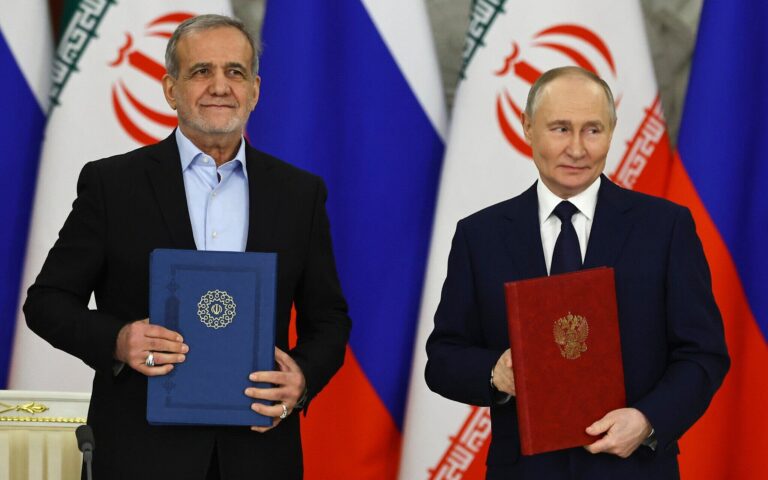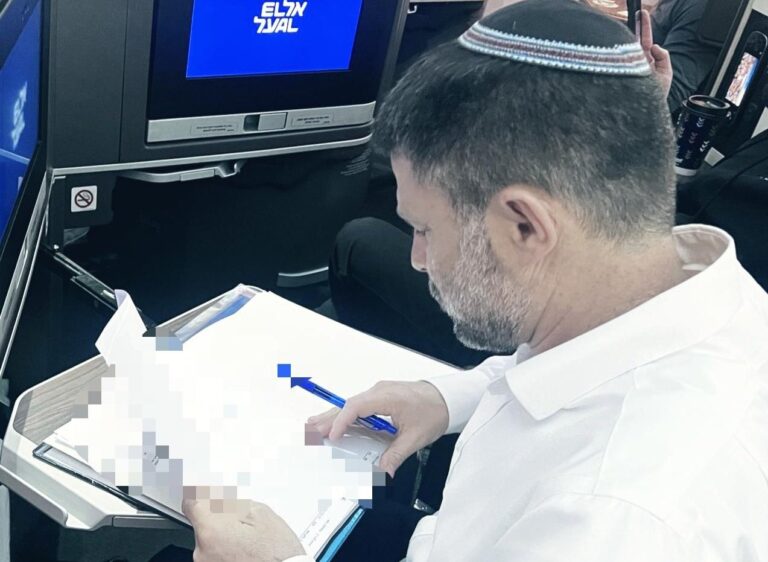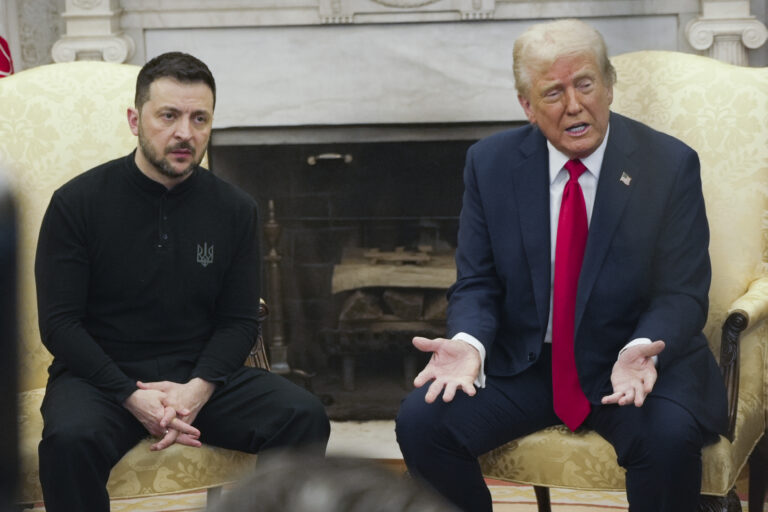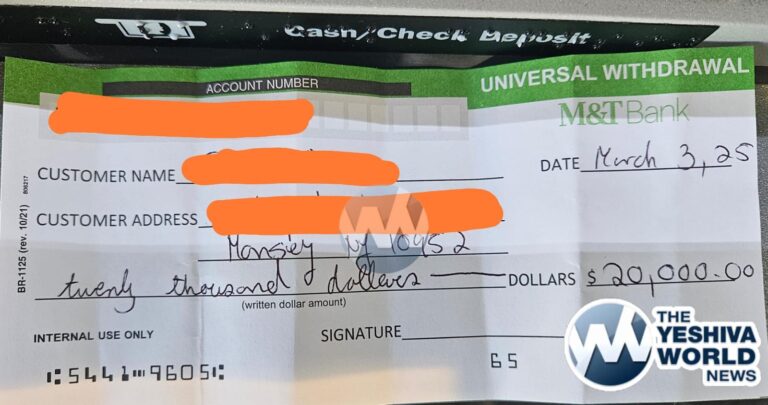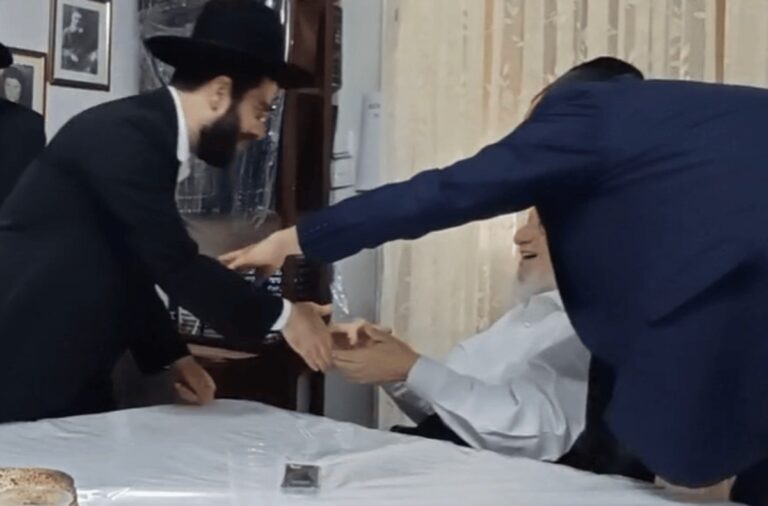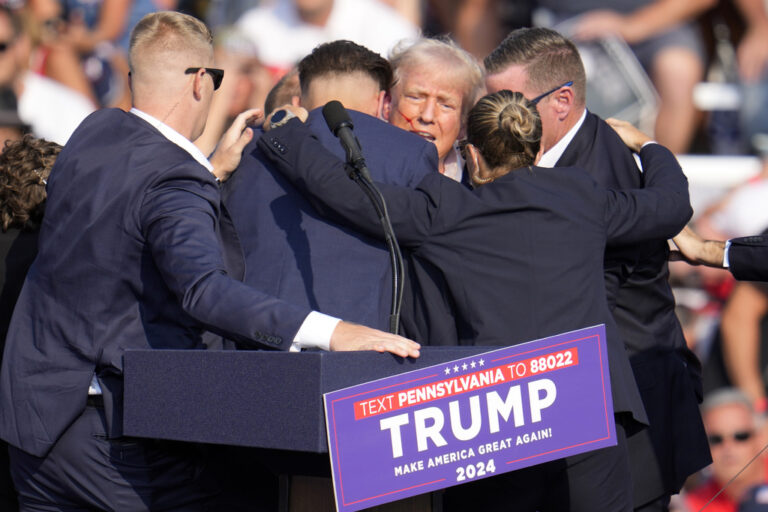Mayor Michael R. Bloomberg and Department of Transportation (DOT) Commissioner Janette Sadik-Khan today announced Summer Streets, a new City program that will temporarily open a 6.9 mile car-free route from the Brooklyn Bridge to 72nd Street. Featuring connections to Central Park and other open spaces, Summer Streets will give New Yorkers unprecedented access to the streets for exercise and exploration from 7 a.m. to 1 p.m. on three consecutive Saturdays in August, the 9th, 16th and 23rd. Major cross-town streets will remain open for vehicles that need to cross the route. The Mayor and Commissioner Sadik-Khan were joined at the announcement by Parks & Recreation Commissioner Adrian Benepe, Manhattan Borough President Scott Stringer, Lance Armstrong and David Byrne.
“We anticipate that hundreds of thousands of New Yorkers and visitors will take advantage of streets temporarily opened for recreation,” said Mayor Bloomberg. “We hope the Summer Streets experiment will become as much a part of the New York experience as strolling the Coney Island boardwalk, participating in the 5-borough bike tour, or listening to the Philharmonic in the park.”
“In Bogotá, they call it Ciclovia, or bikeway. In Paris, it’s the Plage, or beach. Here in New York, Summer Streets will literally turn the streets of our city into a pedestrian park,” said Commissioner Sadik-Khan. “The streets themselves are among the most valuable public space that the City has to offer, and finding the room within our existing street space for those on two feet or two wheels is a true application of our goals for a sustainable future under the Mayor’s PlaNYC initiatives and the DOT’s strategic plan.”
As part of Summer Streets, DOT worked with the Police Department, NYC & Co., the Mayor’s Office of Citywide Event Coordination and Management, and the Mayor’s Community Affairs Unit on a plan to redirect vehicle traffic around the route that runs from Lower Manhattan to 72nd Street and Central Park via Centre Street, Lafayette Street, 4th Avenue and Park Avenue. Local streets will remain accessible to residents with vehicles and for deliveries.
Fitness, dance and yoga classes will be held at a central stage along the route, with additional exercise and health activities hosted by community groups at select cross streets. Event sponsors will also organize activities, and bike rental facilities will be available along the route, including at hotels. Rest areas will be stationed along the route for water and bike repair, and serve as meeting areas to link up with friends and family members. At the 72nd Street link to Central Park, the car-free route will occupy the southern half of the road only, while the north side will remain open to two-way vehicle traffic. People on bicycles can access the park and the Hudson River Greenway from the West Side via bike lanes on West 90th and 91st Streets. In Lower Manhattan, bike lanes will connect to the route from the Greenway via Warren, Reade, Hudson, and Chambers Streets.
The Police Department will direct traffic around the route and all parking will be restricted starting at midnight on the day of the event. Additional staff and volunteers will be on hand to facilitate the event.
Transforming traffic lanes into car-free recreation corridors has already been successful in Bogotá, Paris, Tokyo and London. Several cities in the U.S. have similar programs, such as El Paso, Tex., Cambridge, Mass. and soon also Portland, Ore. and Chicago, Ill. For New York, Summer Streets creates an opportunity for residents to experience the city in a healthy, sustainable way while attracting “green tourism” to the city center.
The major cross-town routes that will remain open to traffic are:
Chambers Street
Worth Street
Canal Street
Broome Street
East Houston Street
W.8th Street
14th Street
23rd Street
36th/37th Streets
49th/50th Streets
53rd/54th Streets
57th Street
59th Street




